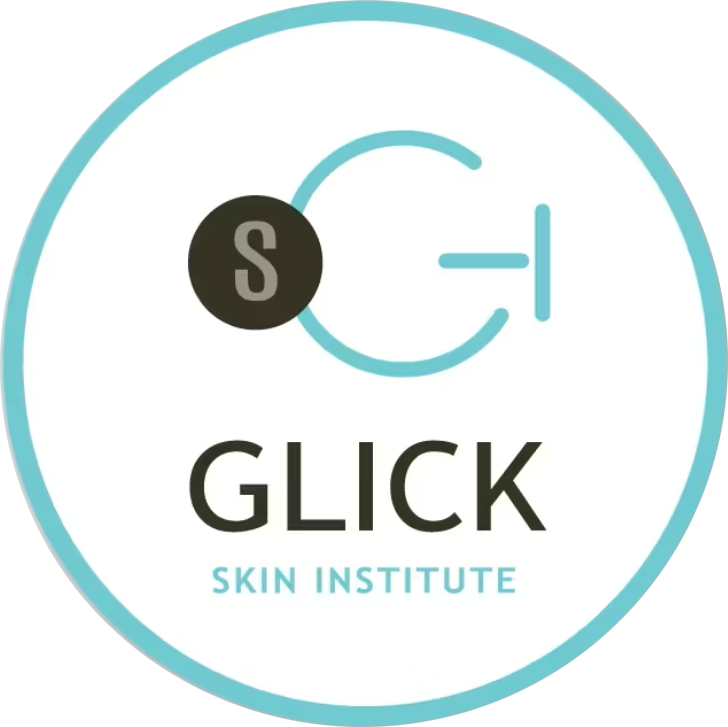Vitiligo
Vitiligo is a long-term skin condition characterized by the loss of pigment in certain areas of the skin, resulting in white patches. The cause of vitiligo is not fully understood, but it is believed to involve an autoimmune response in which the body’s immune system mistakenly attacks and destroys the melanocytes, the cells responsible for producing the pigment melanin. Melanin gives color to the skin, hair, and eyes.
The exact triggers for vitiligo are unclear, but it is thought to have a genetic component, as it often occurs in families. Other factors that may contribute to the development of vitiligo include autoimmune disorders, certain stressful events, and exposure to certain chemicals.
Vitiligo can affect people of any age, race, or gender. The condition is characterized by the gradual appearance of white patches on the skin, which may spread and enlarge over time. The patches are more noticeable in individuals with darker skin tones.
Vitiligo does not cause physical discomfort or pain, but the psychological and emotional impact can be significant, as the visible changes in skin color may affect a person’s self-esteem and body image. There is no cure for vitiligo, but various treatment options are available to manage the condition and improve the appearance of the skin. These may include topical corticosteroids, calcineurin inhibitors, phototherapy, and in some cases, depigmentation.
It’s important for individuals with vitiligo to consult with a dermatologist to discuss treatment options and address any concerns they may have. Additionally, support groups and counseling can be valuable resources for coping with the emotional aspects of living with vitiligo.
Vitiligo is a long-term skin condition characterized by the loss of pigment in certain areas of the skin, resulting in white patches. The cause of vitiligo is not fully understood, but it is believed to involve an autoimmune response in which the body’s immune system mistakenly attacks and destroys the melanocytes, the cells responsible for producing the pigment melanin. Melanin gives color to the skin, hair, and eyes.
The exact triggers for vitiligo are unclear, but it is thought to have a genetic component, as it often occurs in families. Other factors that may contribute to the development of vitiligo include autoimmune disorders, certain stressful events, and exposure to certain chemicals.
Vitiligo can affect people of any age, race, or gender. The condition is characterized by the gradual appearance of white patches on the skin, which may spread and enlarge over time. The patches are more noticeable in individuals with darker skin tones.
Vitiligo does not cause physical discomfort or pain, but the psychological and emotional impact can be significant, as the visible changes in skin color may affect a person’s self-esteem and body image. There is no cure for vitiligo, but various treatment options are available to manage the condition and improve the appearance of the skin. These may include topical corticosteroids, calcineurin inhibitors, phototherapy, and in some cases, depigmentation.
It’s important for individuals with vitiligo to consult with a dermatologist to discuss treatment options and address any concerns they may have. Additionally, support groups and counseling can be valuable resources for coping with the emotional aspects of living with vitiligo.
Call 1-858-657-1004 to see if you qualify!

Glick Skin Institute
© 2025 Glick Skin Institute. All Rights Reserved. | Sitemap | Privacy Policy | Notice of Privacy Practices | Terms of Service

